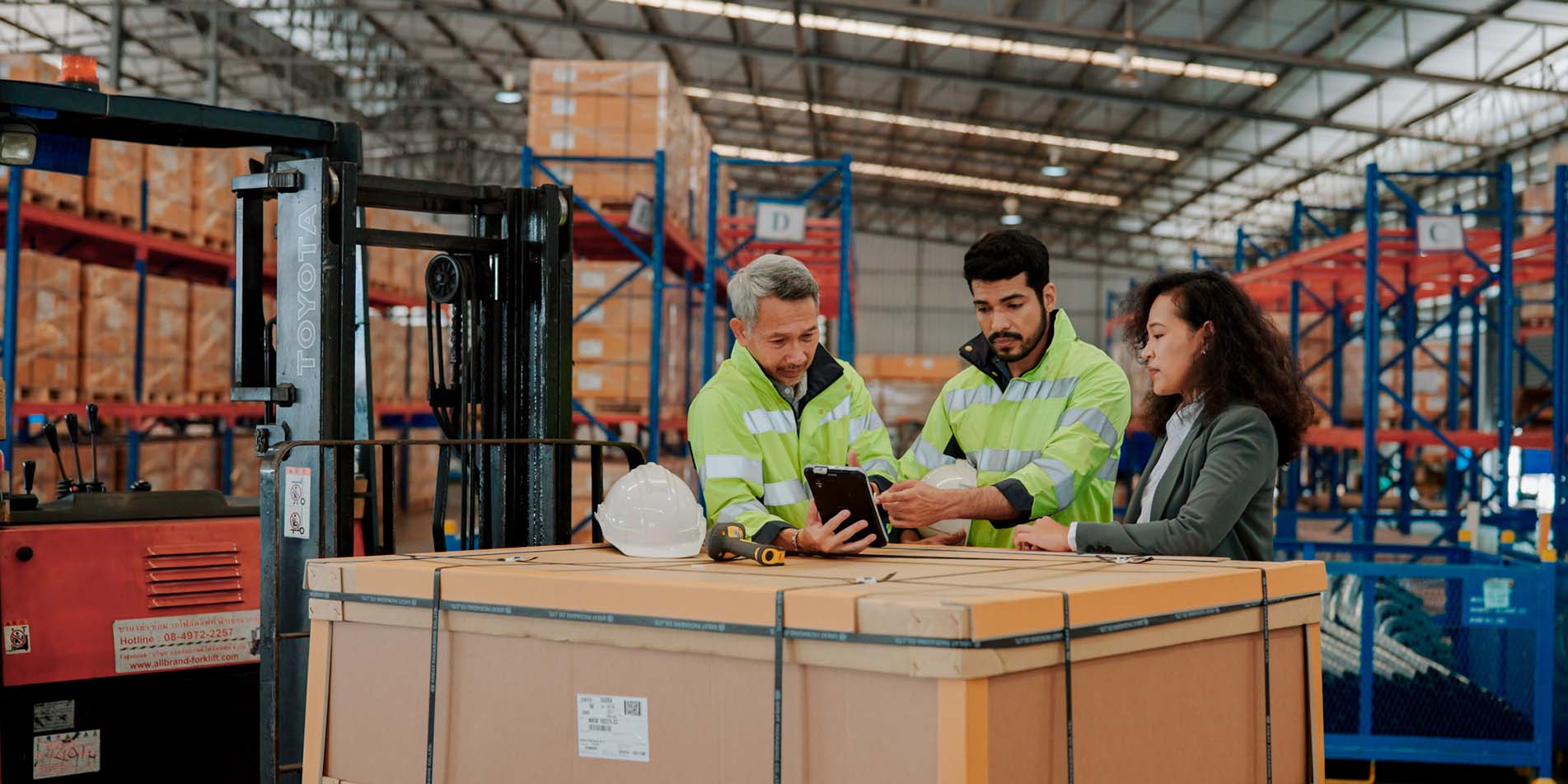Controlling fire risks in the EV race
InsightsArticle18 March 2024
Global electric vehicle (EV) sales continue to accelerate as the automotive industry races to meet ambitious climate targets. But with demand outpacing infrastructure development, fire risks related to lithium-ion batteries are emerging.
Since 2011, demand for EVs has grown rapidly. The trend has continued in the past few years, with spending on EVs growing 50% to US$425 billion in 2022.
And in the first quarter of 2023, more than 2.3 million electric vehicles (EVs) were sold globally – representing a 25% increase on the previous year.

Notes: BEV= battery electric vehicle: PHEV = plug-In hybrid electric vehicle. Electric car stock In this figure refers to passenger light-duty vehicles. In "Europe", European Union countries, Norway, and the United Kingdom account for over 95% of the EV stock in 2022; the total also includes Iceland, Israel, Switzerland and Turkey. Main markets in "Other" include Australia, Brazil, Canada, Chile, Mexico, India, Indonesia, Japan.,Malaysia, New Zealand, South Africa, Korea and Thailand.
The statistical data for Israel are supplied by and under the respons1blhty of the relevant lsraeli authorities. The use of such data by the OECD Is without prejudice to the status of the Golan Heights. East Jerusalem and Israeli settlements in the West Bank under the terms of lntenational law.
Source: IEA analysis based on country submissions, ACEA, EAFO, EV Volumes and Marklines.
EVs typically store energy in lithium-ion batteries, which can trigger fires when used contrary to the manufacturers’ guidelines. These fires can prove particularly difficult for firefighters due to the make-up of the battery – and as such, steps need to be taken to reduce the associated risks.
Assessing the risks
Lithium-ion batteries have become a mainstay of the EV industry because they store energy at higher densities than other battery cell types. These batteries also last longer than their conventional peers, and when properly used and maintained they tend to be quite safe.
And while the threat of battery fires is a real one, alarming news stories should be taken with a grain of salt. There are thousands of EVs on our roads and very few of them catch fire. In fact, there is evidence that cars with internal combustion engines are more likely to catch fire than EVs.1
The risk of a battery fire can increase when the batteries become old and damaged. The risk can be compounded if the batteries are tampered with or suffer a malfunction.
If they do occur, lithium-ion battery fires can be quite dangerous. Their chemical make-up means that during a fire they can expel 7-11 times the total energy stored within the battery, ultimately leading to an explosion. They can also release hazardous gases and toxins into the air, posing challenges for firefighters as well as the environment.
As more EVs find their way onto our streets, demand for parking and charging infrastructure will increase. The design of these spaces should reflect these challenges of fire and be designed in a way which minimises overall risk.
Reducing the likelihood of large fires
Here are four practical steps that can minimise the fire risk related to lithium-ion batteries in EVs.
- Place parking spaces away from nearby infrastructure
EVs should be parked outside of buildings and at least 10 metres away from walls (unless those walls are fire-rated), with a gap of at least 1.3 metres between charging stations and parked vehicles. Charging stations should also be placed close to exits. This will help limit the spread of a potential fire and provide easy access for emergency services when needed. - Include sprinkler and ventilation systems in parking designs
Sprinkler systems play an important role in controlling fires, especially in their early stages. Sprinklers can limit the spread of a fire and help to keep nearby buildings cool. Systems should be in place to collect water runoff from sprinklers (and hoses) as lithium-ion batteries can leak hazardous chemicals which can damage the local environment and add to clean-up costs. Parking lots should also be well-ventilated because battery fires release several toxic gases. - Integrate and maintain chargers and sprinklers
By connecting fire detection and sprinkler systems with charging stations, power can be shut off at the first sign of an emergency to prevent the situation worsening. Importantly, all of this equipment should be regularly tested and maintained. - Create a fire plan
Perhaps the simplest step Australians can take to reduce the risks associated with lithium-ion battery fires is to conduct a fire risk analysis and develop a pre-fire plan – both of which should then be supplied to the local fire department. This will give them the best chance of successfully fighting any fires and removing offending vehicles during or afterwards.
With EVs expected to account for 60% of global vehicle sales by 20302, the trend towards lithium-ion batteries isn’t expected to slow in the near term – making risk management vital.
Zurich is committed to supporting customers through this transition. To learn more about EV risk management, please get in touch with Zurich Resilience Solutions at resilience.solutions@zurich.com.au
References
1 EV Fire Safe, ’02.2 The FAQs & facts about EV fires’ N.D., accessed 5 March, 2024
2 International Energy Agency, ‘By 2030 EVs represent more than 60% of vehicles sold globally, and require an adequate surge in chargers installed in buildings’, September 2022, accessed 5 March 2024



